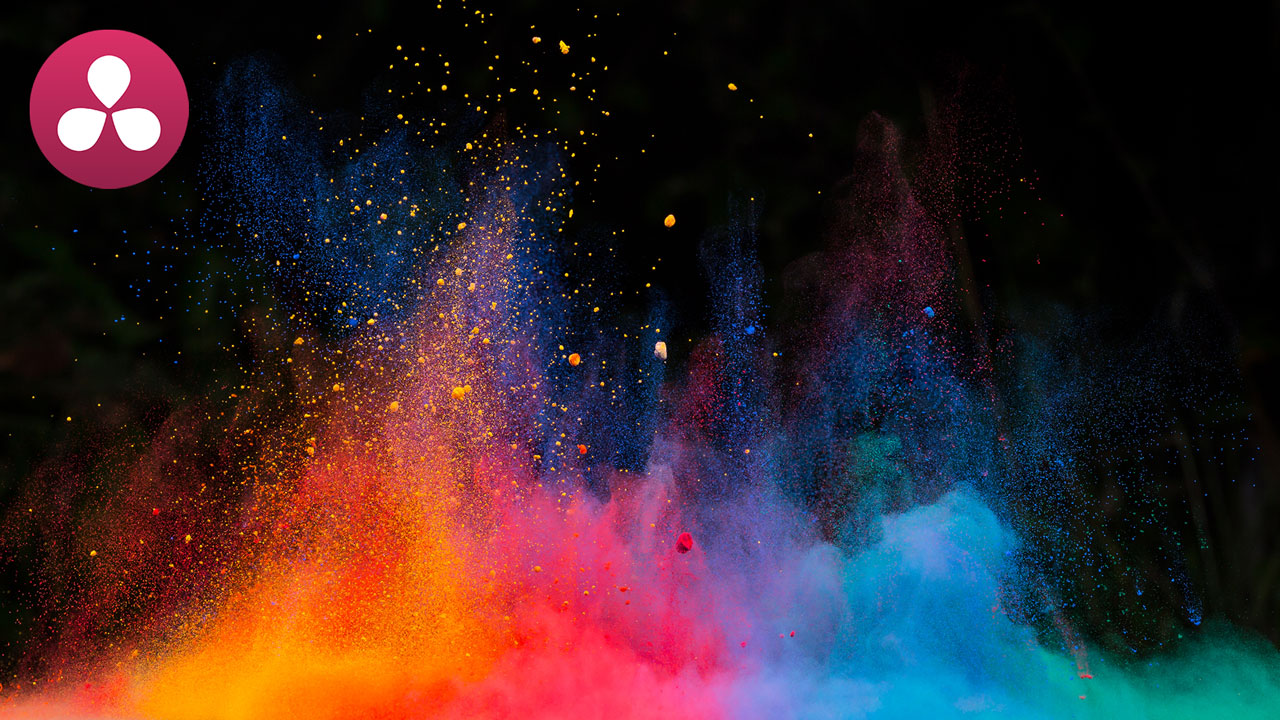

Another key aesthetic property of film images is that colors can be either highly saturated or highly luminescent but cannot be both.

The first secret to film color is to create color density.

In this video, I'll show you my top three secrets to achieving this aesthetic quickly and consistently in Davinci Resolve. The print film was the primary medium through which we consumed cinematic images for the first century of filmmaking and is therefore at the very heart of cinematic aesthetics. To focus on the goal, I like to think of "cinematic" as "an image whose key visual properties are consistent with those of printed film." Virtually all of us aspire to more cinematic color, but we often come up short-in part because the term itself has become too broad to effectively target. And while each of these formats requires its approach, the one constant that spans them all is the client's desire for a cinematic look.

In my 10-year career as a colorist, I've worked on every type of content imaginable: short, long, commercial, educational, episodic-you name it. Here are three helpful tips to create cinematic-looking images in DaVinci Resolve. You should at the very least have an understanding of: It's not enough to watch a color grading video and use a LUT to get where you want. This kind of post-production processing, which produces beautiful results when used by color magicians, requires a deep understanding of colors and their effect on our psyche and even physiology. The latter is a powerful tool for bringing a cool or warm tone to a video and providing smooth color transitions to fall on an image that doesn't look too real but feels emotional. To achieve this effect, film directors use various means from lighting to cinematic color gradation. The cinematic look is all the rage these days and aims to mimic images captured on real film rather than digitally created. How to add color cinematic grading by using Filmora?


 0 kommentar(er)
0 kommentar(er)
